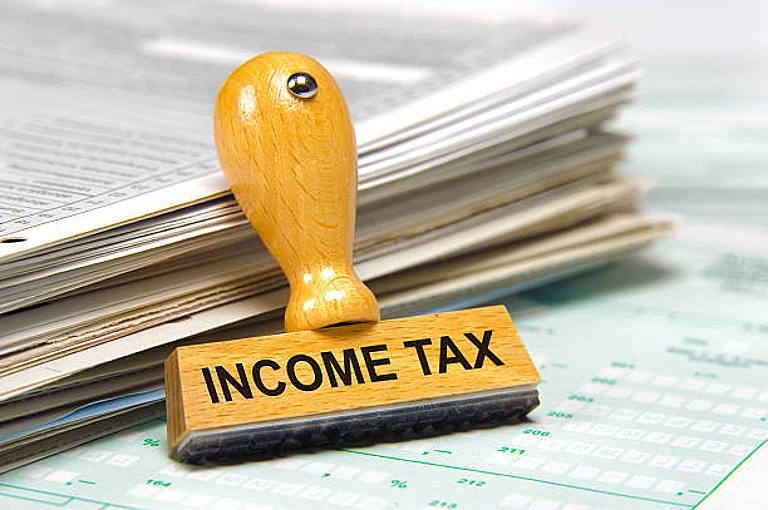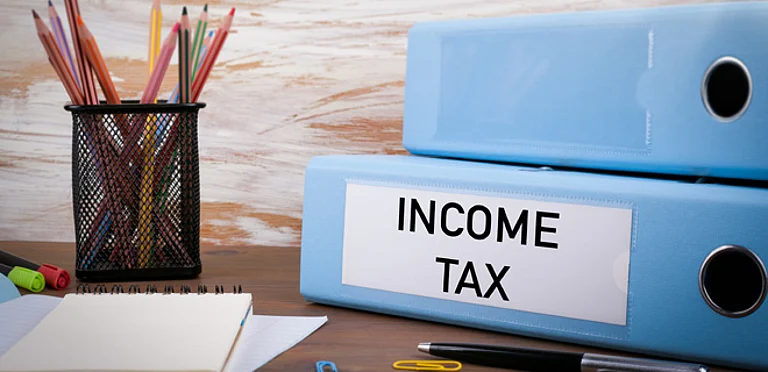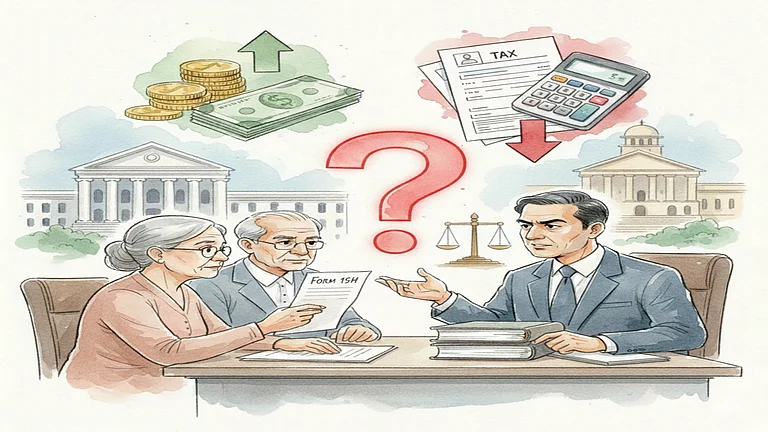Filing income tax returns can get a little tricky if one doesn't understand what each form stands for, particularly if new changes are announced in the ITR forms. This could be especially waxing for senior citizens who may find it difficult to juggle paperwork, track shifting tax rules, and may even face digital hurdles.
This year (for financial year 2025-26), the Central Board of Direct Taxes (CBDT) has introduced some fresh tweaks in the ITR forms for the financial year 2024-25 (Assessment Year - AY 2025–26). These changes have been brought primarily for two reasons:
- To make the tax filing process smoother
- Bringing stricter scrutiny of deductions and exemptions
Here’s what stands out, and what seniors need to keep an eye on:
1) LTCG Allowed in ITR-1
Until now, even a small amount of capital gains meant you had to skip the simple ITR-1 (Sahaj) and move on to the slightly more complex ITR-2. That changes this year.
If you’re a senior citizen with long-term capital gains (LTCG) of up to Rs 1.25 lakh from the sale of listed equity shares or equity mutual funds (covered under Section 112A of the Income Tax Act), you can now stick with ITR-1, provided you don’t have any capital losses to carry forward or set off. This is a big shift and likely to benefit retirees who dabble modestly in equity investments.
“Many older taxpayers invest in mutual funds or shares just enough to beat inflation. Letting them use ITR-1 despite small LTCG earnings cuts through unnecessary complexity,” says Shefali Mundra, Tax Expert at Clear Tax.
2) More Detailed Reporting
One area that’s become a bit more detailed this year is TDS reporting. The new forms now ask for section-wise information about TDS deductions, basically, you’ll need to break down how and where tax was deducted from your income.
The forms also feature dropdowns for deductions under popular sections like 80C (investments), 80GG (rent paid), and more, to help guide you through accurate entry. While this means a bit more input during filing, it may help reduce errors, especially those that lead to unwanted notices or mismatches later.
3) ITR Forms for Complex or Business Income
If your finances are more layered, maybe you own multiple properties, have high-value capital gains, or foreign assets, you will still need to file ITR-2 or ITR-3, as you did before.
But for those opting for ‘presumptive taxation’ under Sections 44AD, 44ADA, or 44AE (common among professionals and small business owners), ITR-4 (Sugam) remains the go-to.
“Taxpayers with LTCG up to Rs 1.25 lakh from listed equity shares or equity-oriented mutual funds under Section 112A can now use the simplified ITR-4 forms, provided they have no capital losses to carry forward or set,” Mundra states.
It’s a small technicality but one that allows many to stay within simpler forms.
4) No Filing Needed for Some 75+ Seniors (As Before)
One thing that has not changed, but is worth repeating, is the exemption available under Section 194P. If you are 75 or older, and your income is only from pension and interest from the same bank, you can skip the ITR filing altogether. Just submit a declaration (Form 12BBA) to your bank, and they’ll handle the tax deduction on your behalf.
“If their(senior citizen’s) income is limited to pension and interest earned from the same bank, they are exempt from filing an ITR, provided they submit a declaration (Form 12BBA) to the bank. This provision simplifies the process for elderly individuals with straightforward income sources,” Mundra notes.
Bottom Line
The income tax department is attempting to make the process a bit more intuitive, especially for older citizens with basic income streams. If you are a senior navigating your return this year, the big win is being able to use the simpler ITR-1 or ITR-4 even with small capital gains, a step that makes the annual ritual a little less taxing.
Just make sure to check for any TDS details carefully and use the utility dropdowns to avoid slips.
Says Mundra, “Overall, these changes are designed to reduce filing burdens and streamline compliance for senior citizens while ensuring better data reporting for the Income Tax Department.”



















